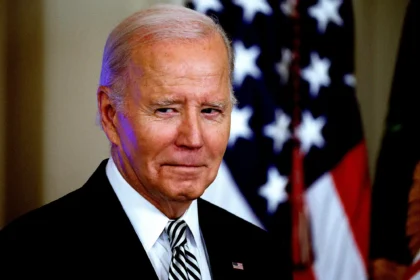On Friday, Finland’s government said that it wanted to assume a temporary law to restrain “instrumentalized migration”, following a spike in migrant crossings that Helsinki labeled a Russian hybrid attack.
A draft of the legislation, which would allow the government “to restrict the reception of applications for international protection in a limited area on Finland’s national border and in its immediate vicinity”, was sent out for comments on Friday, the government said in a statement.
“We have identified that our authorities need tools to control the land border,” Finnish Prime Minister Petteri Orpo told reporters.
The deadline to submit comments on the legislation was set for March 25 and the government said it wanted the proposed bill “to enter into force as soon as possible”.

“The act could only be applied in situations where it is essential to combat efforts to exert influence on Finland in a way that seriously endangers our sovereignty or national security. The decision could be made proactively and for a maximum of one month at a time,” the government said.
Finland’s relations with its eastern neighbor soured after Russia invaded Ukraine.
Moscow warned of “countermeasures” after Finland joined the Western defense alliance NATO in April, reversing its decades-long policy of military non-alignment.
In November, Finland initially closed four of its eight border crossings with Russia, before shutting the rest by the end of the month.
Although Helsinki then partially eased the closure, on December 14 it once again decided to close the entire border.

Some 1,300 asylum seekers arrived in Finland via the eastern border in November, December, and January, according to official statistics.
Helsinki says the surge in asylum seekers was orchestrated by Russia, with which it shares a 1,340-kilometre (830-mile) border.
“We have to be prepared that the situation may worsen as spring arrives,” Orpo told reporters.
According to the Finnish government, the new legislation would be temporary and would “only apply to serious incidents of instrumentalised migration”, while allowing Finland to keep its border open to other traffic.




